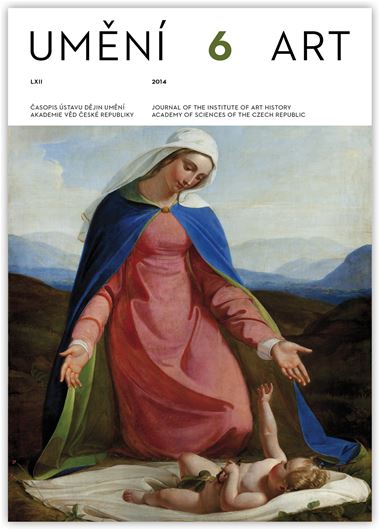Eva Skopalová
The Mantegna Tarocchi and the View of the World in Northern Italy in the 15th Century
The So-Called Mantegna Tarocchi is the name given to a set of fifty early Renaissance engravings that originated around the year 1465 in northern Italy. Two versions of the complete set were created by two different artists ten years apart and these are referred to separately as the E-series and the S-series. The term ‘Mategna Tarrochi’ is today used purely out of convention, as is the word ‘tarot’. The idea for the series was probably devised by Nicholas of Cusa, Pope Pius II, and Cardinal Bessarion, who invented the game during the Council of Mantua (1459–1460). Nicholas of Cusa very like combined the ideas of Raymond Lull with a religious game. During the council they created a kind of instructional game that describes the world. With considerable exaggeration it could be said that they created a game about ‘The Government of the World’ as a new kind of Biblia pauperum. Both meant to provide illiterate persons with instruction in complicated cosmological subjects. The cards are hierarchically divided into sets of ten labelled with letters (E, D, C, B, A) and the complete set is numbered from 1 to 50. In reference to Lull’s ideas, it is possible to create various combinations of the cards in horizontal and vertical rows. Lull formulated the combinations in his Ars magna as a perfect philosophical language, which he used during his missionary work. Nicholas of Cusa was in a similar situation when he began dealing with the problem of Ottoman Turks in 1453. It was important to visually show all possible modes of Christian reality. Raymond Lull created a universal system that could be communicated from one language to another and would be intelligible even to the illiterate. An argument in support of the claim that the cards reflect the influence of Raymond Lull and incorporate his combinatory methods towards a didactic function and as an instrument of faith is that a variation on the Mantegna Tarocchi made its way into another game called Laberinto (ca. 1610–1616, Andrea Ghisi). The Mantegna Tarocchi are part secular card game (Laberinto) and part a depiction of the world as God’s creation.
Full-text in the Digital Library of the Czech Academy of Sciences:
https://kramerius.lib.cas.cz/uuid/uuid:4050f3f2-60fc-48fb-9cb3-b3142849ee17
< back

